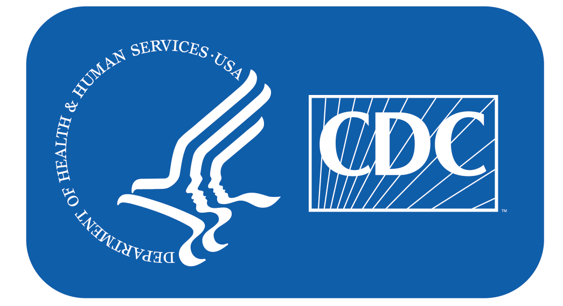
Implementation of Personal Protective Equipment (PPE) Use in Nursing Homes to Prevent Spread of Multidrugresistant Organisms (MDROs)
Summary of Recent Changes:
- Added additional rationale for the use of Enhanced Barrier Precautions (EBP) in nursing homes, including the high prevalence of multidrug-resistant organism (MDRO) colonization among residents in this setting.
- Expanded residents for whom EBP applies to include any resident with an indwelling medical device or wound (regardless of MDRO colonization or infection status).
- Expanded MDROs for which EBP applies.
- Clarified that, in the majority of situations, EBP are to be continued for the duration of a resident’s admission.
Updates as of July 12, 2022
Key Points [1]:
- Multidrug-resistant organism (MDRO) transmission is common in skilled nursing facilities, contributing to substantial resident morbidity and mortality and increased healthcare costs.
- Enhanced Barrier Precautions (EBP) are an infection control intervention designed to reduce transmission of resistant organisms that employs targeted gown and glove use during high contact resident care activities.
- EBP may be indicated (when Contact Precautions do not otherwise apply) for residents with any of the following:
• Wounds or indwelling medical devices, regardless of MDRO colonization status
• Infection or colonization with an MDRO. - Effective implementation of EBP requires staff training on the proper use of personal protective equipment (PPE) and the availability of PPE and hand hygiene supplies at the point of care.
- Standard Precautions, which are a group of infection prevention practices, continue to apply to the care of all residents, regardless of suspected or confirmed infection or colonization status.
Background
Residents in nursing homes are at increased risk of becoming colonized and developing infection with MDROs [2]. As described further in Consideration for the Use of Enhanced Barrier Precautions in Skilled Nursing Facilities [PDF – 9 pages], more than 50% of nursing home residents may be colonized with an MDRO, nursing homes have been the setting for MDRO outbreaks, and when these MDROs result in resident infections, limited treatment options are available [1-9]. Implementation of Contact Precautions, as described in the CDC Guideline for Isolation Precautions, is perceived to create challenges for nursing homes trying to balance the use of PPE and room restriction to prevent MDRO transmission with residents’ quality of life. Thus, many nursing homes only implement Contact Precautions when residents are infected with an MDRO and on treatment.
Focusing only on residents with active infection fails to address the continued risk of transmission from residents with MDRO colonization, who by definition have no symptoms of illness. MDRO colonization may persist for long periods of time (e.g., months) [10] which contributes to the silent spread of MDROs.
With the need for an effective response to the detection of serious antibiotic resistance threats, there is growing evidence that the traditional implementation of Contact Precautions in nursing homes is not implementable for most residents for prevention of MDRO transmission.
This document is intended to provide guidance for PPE use and room restriction in nursing homes for preventing transmission of MDROs, including as part of a public health response. For the purposes of this guidance, the MDROs for which the use of EBP applies are based on local epidemiology. At a minimum, they should include resistant organisms targeted by CDC but can also include other epidemiologically important MDROs [9, 10].
